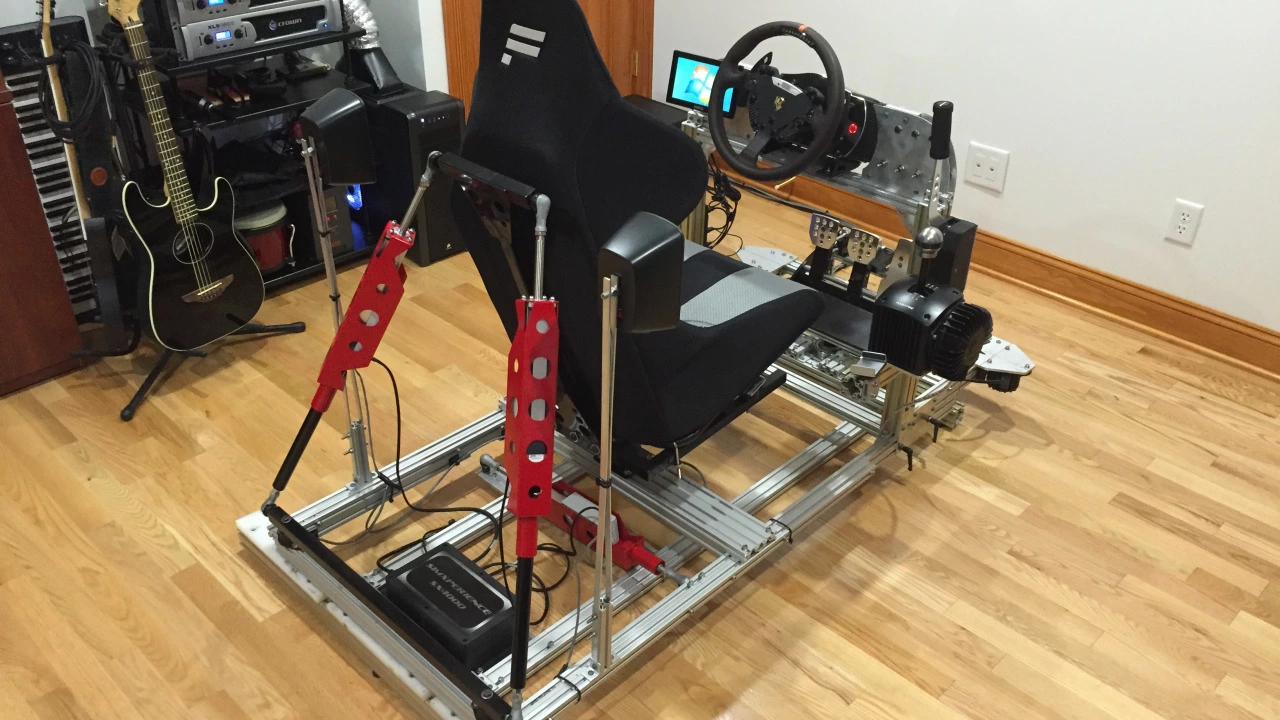Build a Racing Simulator at Home – Gaming and Technology Tips
Ever wish you could feel the roar of an engine without leaving your living room? A DIY racing simulator gives you that thrill without the price tag of a professional setup. It’s not as hard as it sounds, and you can start with the basics before adding extra realism.
Essential Gear You’ll Need
The first thing to sort out is the core hardware. A decent gaming PC or console is the brain – make sure it can run racing games at high frame rates. Next, pick a force‑feedback steering wheel; this is what turns a flat screen into a track. Pair it with a pedal set that includes brake, accelerator, and optionally a clutch. A sturdy racing seat or a simple office chair with a backrest works for the first version. If you want more immersion, add a VR headset or a large monitor for a wider field of view.
Step‑by‑Step Build Guide
1. Choose a Space – Find a corner with enough room for the wheel, pedals, and a screen. A solid floor or a low‑profile mat helps keep everything stable.
2. Set Up the Wheel and Pedals – Most wheels mount to a desk or a dedicated stand. Tighten all bolts, then plug the USB or wireless dongle into your PC. Calibrate the wheel in the game’s settings so the turning radius matches real‑life cars.
3. Position the Seat – Adjust the seat height so your knees are slightly bent when the pedals are fully pressed. Use a cushion or a racing seat insert for comfort during long sessions.
4. Connect the Display – If you’re using a monitor, place it at eye level and set the distance to about an arm’s length. For VR, follow the headset’s safety guidelines and clear the play area.
5. Install and Tweak Software – Install the wheel’s driver, then launch a racing game like Assetto Corsa, rFactor, or iRacing. Spend a few minutes tweaking force feedback, pedal sensitivity, and motion blur to match your preference.
6. Add Realism Extras – Once the basics feel good, think about a gear‑shift lever, handbrake, or a button box for extra controls. Some builders also add a motion platform, but that’s a later upgrade.
Testing is key. Run a quick lap, notice where the wheel feels loose or the pedals lag, and adjust. Small tweaks can turn a shaky experience into a smooth race.
And there you have it – a functional racing simulator that brings the track to your home. You can start simple, then layer on upgrades as your budget and interest grow. The best part? Every improvement makes the next race feel more real.
Ready to get started? Grab a wheel, set up the pedals, and hit the gas. The feeling of carving a corner in your own garage is worth every minute of building.






